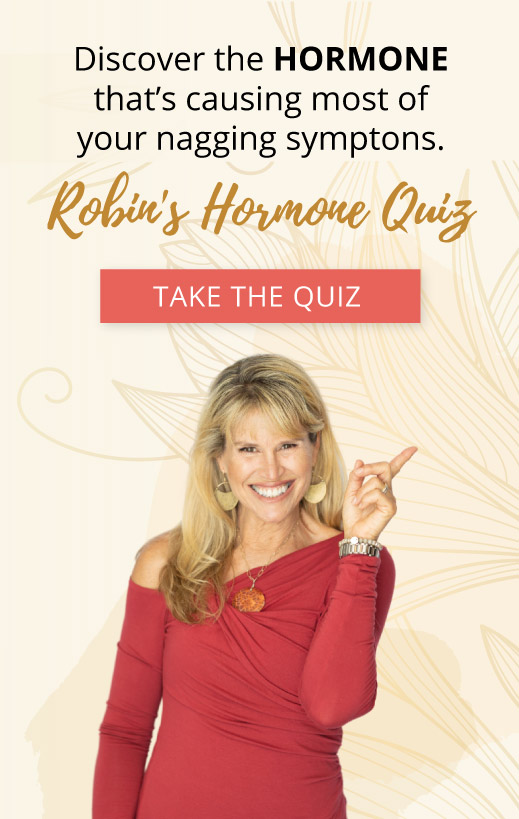www.ewg.org
The EWG recommends buying organic whenever possible. Not only is it smart to reduce your exposure to pesticides, but buying organic sends a message that you support environmentally friendly farming practices that minimize soil erosion, safeguard workers and protect water quality and wildlife.
However, we know that organics are not accessible or affordable for everyone, so we created the Shopper’s Guide to help consumers make the healthiest choices given their circumstances.
EWG always recommends eating fruits and vegetables, even conventionally grown, over processed foods and other less healthy alternatives.
The Dirty Dozen (definitely avoid if not organic)
1

Apples
2

Celery
3

Strawberries
4

Peaches
5

Spinach
6

Nectarines – imported
7

Grapes – imported
8

Sweet bell peppers
9

Potatoes
10

Blueberries – domestic
11

Lettuce
12










– domestic






What if I wash and peel my fruits and vegetables?
The data used to create the Shopper’s Guide are from produce tested as it is typically eaten. This means washed and, when applicable, peeled. For example, bananas are peeled before testing, and blueberries and peaches are washed. Because all produce has been thoroughly cleaned before analysis, washing a fruit or vegetable would not change its rank in the EWG’s Shopper’s Guide. Remember, if you don’t wash conventional produce, the risk of ingesting pesticides is even greater than reflected by USDA test data.
EWG has not evaluated various produce washes for efficacy or potentially toxicity. However, since some plants absorbed pesticides systemically, a produce wash would have limited effect. The safest choice is to use the Shopper’s Guide to avoid conventional versions of those fruits and vegetables with the highest pesticide residues.
How does EWG make the Shopper’s Guide?
The Shopper’s Guide is based on laboratory tests done by the USDA Pesticide Testing Program. The program tests several kinds of foods for types and amount of pesticide residue.
How does EWG determine a fruit or vegetable’s ranking?
We rank fruits and vegetables by their likelihood of being consistently contaminated with the greatest number of pesticides at the highest levels.
We combine six different measures of contamination to come up with composite score for each type of produce:
- Percent of samples tested with detectable pesticides
- Percent of samples with two or more pesticides
- Average number of pesticides found on a sample
- Average amount (level in parts per million) of all pesticides found
- Maximum number of pesticides found on a single sample
- Number of pesticides found on the commodity in total
Learn more here: http://www.ewg.org/foodnews/summary/

